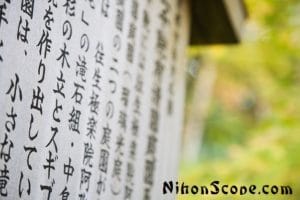I’ve been having some issues with these names for awhile now so I’ve have decided to correct these names and add a bit of how it actually feels to go through this onslaught of brain damage daily for over 400+ days in a row:
1-10 … Yes, it’s true it is peaceful, because you’ve yet to be tormented and had your ego and physical brain smashed into a wall yet. Oh yes… noob WaniKani user, it’s too slow now. But you shall suffer in great despair once you know the truth of what you got yourself into.

11-20 … Painful… no, you don’t know pain yet. This level is… hurray me. Look at me go ma level.

21-30 Death? …no, see this is where I think the whole level naming thing just got turned on its head… like some kind of conspiracy. You know, where everything is backwards from it’s meaning. We are still in a place of some what sanity… where, 2-3 hour sessions of WaniKani are not even a glimpse in most peoples eyes… as long as they do their reviews every day… But, there is a bit of what the hell am I doing attached to it. But there is hope, there is… a sense of positivity, like… you can do this. This can still be okay… So this is the “I think it will be okay” level.

31-40 – Hell – Still we are getting closer to the edge of insanity but yet… there is a voice calling deep within telling you to turn back away from the monster and regain what is left of your humanity. This is the “It’s Not Too Late to Turn Back” level. There are fond memories here I think… but there is also rage building, confusion is setting in… and little pieces of your soul are beginning to shatter and break off as you continue your march forward.

41-50 – Paradise… now, here it is. The smoking gun. This IS a conspiracy! Paradise is where I first met the 400-500 range beasts that would show up in my reviews. Started slow and gained extreme momentum. The long… drawn out punching of the keyboard to answer endless turtles… to bring them up, to sometimes fry them on a barbeque… but many times to watch them suffer and explode back into an egg only to be brought back out… with their memories erased… perhaps only with some muscle memory attached to them.
It’s an onslaught for those poor little bastards… and for me, it’s just one more turtle that I have to coddle and care for… and to coax out of it’s shell once again. But with that, my soul has been tormented so much so that an odd type calm is starting to form… watching these turtles explode back into eggs has lost a lot of the feelings I had to it before… it’s like losing too many good men on the battlefield, at a certain point, your brain stops functioning like it should and instead accepts the death of turtle with a blank stare…
This level is “Apathy”.

51-60 Reality? … well… maybe if you consider that what you knew as reality before hand is now something completely different, perhaps that’s what is meant here? A new form of reality?.. I can see this forming into a new sort of psychosis… some people call it Japanese fluency or an increased level of comprehension? Yeah… maybe that’s it… or maybe it’s something more diabolical, evil maybe?

How can one ever know for sure what lies beyond this point… can we trust the glowing reviews of those who made it to the elusive level 60 mark… are they even… human?
I guess we’ll never know… and me… what about me? Will I remember my former self… will I one day just “lose” it and never be seen from again?

Perhaps this is what people think about before they meet their maker… in this case, it’s a Alligator and Crab… popping off turtles at me as some kind of Asexual beast master demanding that I grow it’s offspring into charred pieces of turtle.
…I’m afraid it’ll be WaniKani… Forever! And so… that is the last level name… “WaniKani Forever”. Because see, you don’t get out… I can see it now… so what you get to level 60? You’ll be feeding this monstrosity forever… you know that right? … with that said, those who are starting, you’ve been warned!

For those already stuck in the spinning vortex of WaniKani… let’s just hope in the end when we have become worthless to this monster… it’s a quick and painless death for being such devoted followers.
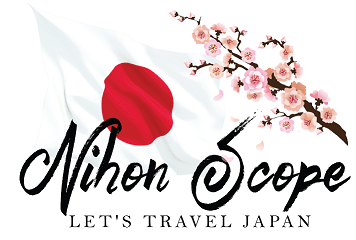



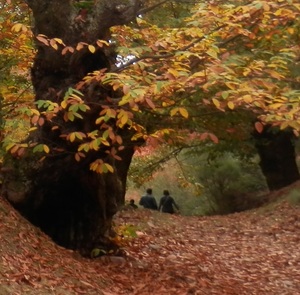 Understanding Shinrin-Yoku
Understanding Shinrin-Yoku
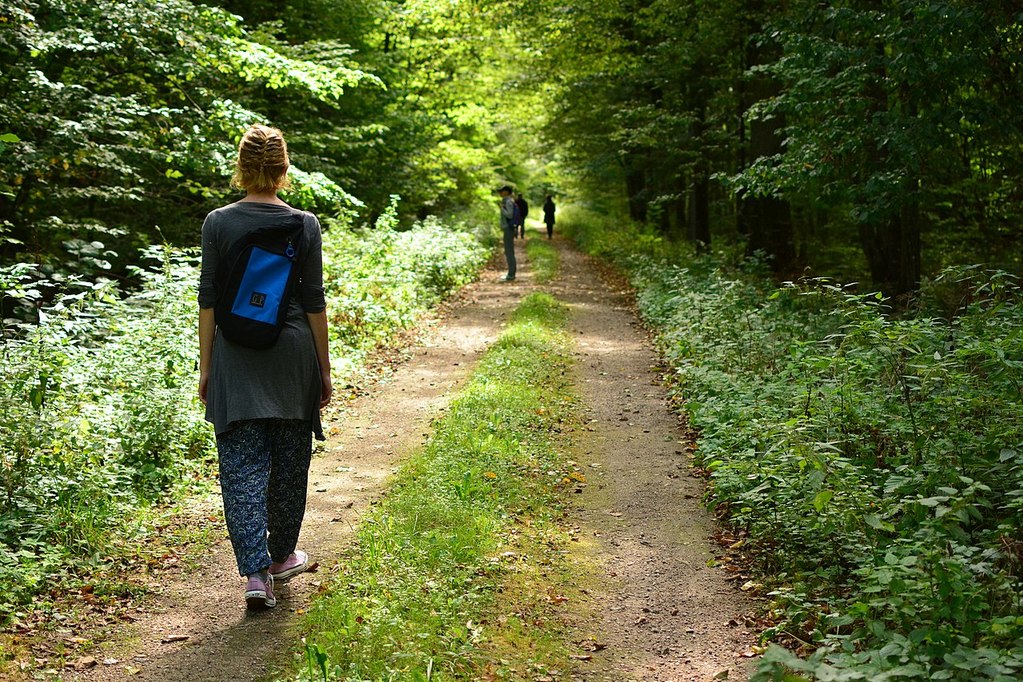
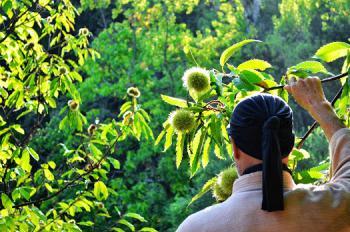 Things That Shinrin-Yoku Is Not
Things That Shinrin-Yoku Is Not
